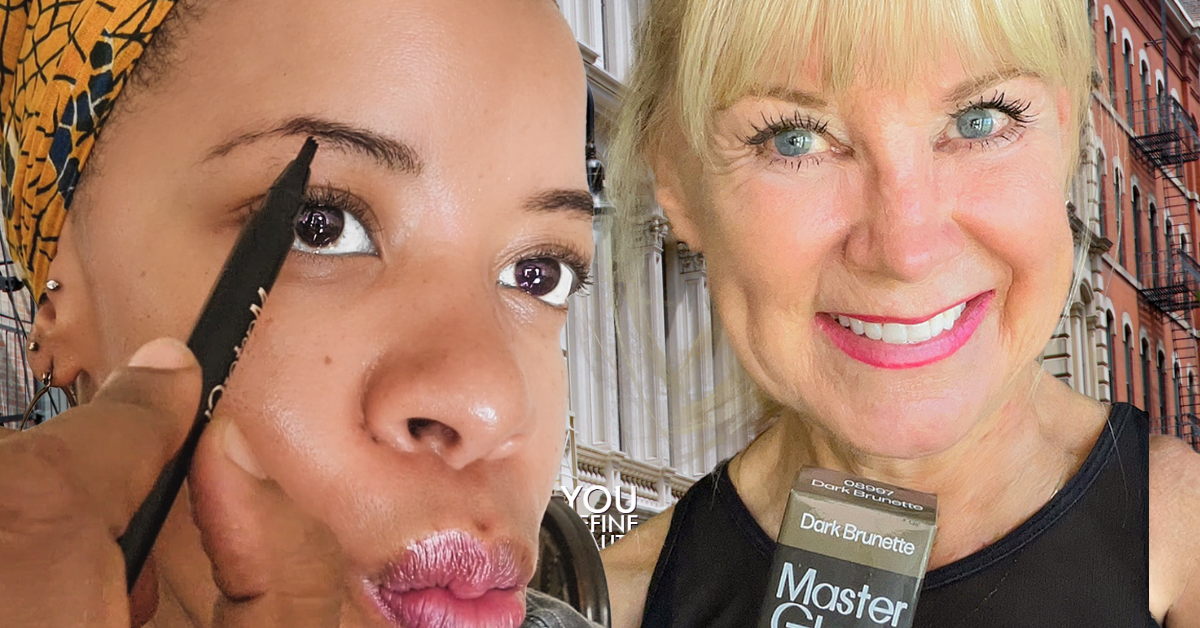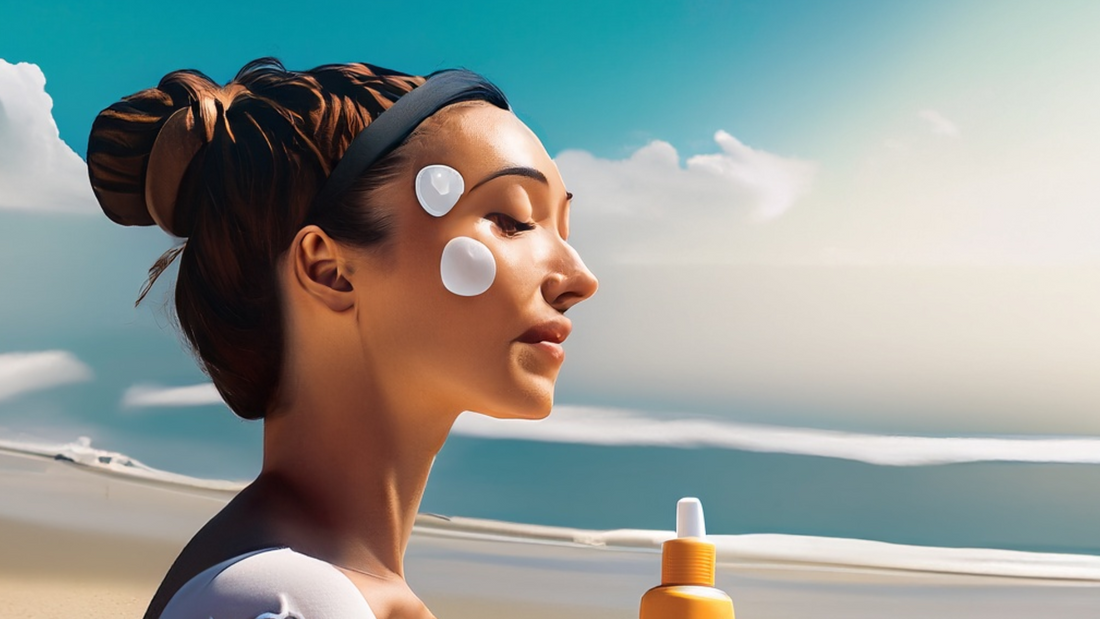Brands have been exploiting information gaps in research to market "reef-safe" SPF for years. But what does the label really mean and, more importantly, should you care? We investigate.
The concept of "reef-safe" sunscreens being better for the environment is a topic of ongoing discussion within the scientific community. While the intention behind reef-safe sunscreens is arguably one that everyone can get behind (after all, who wouldn’t want to reduce the harm done to our marine ecosystems) the reality is far more complex and less cut and dry than brands make it out to be.
There is no standardized definition
Reef-safe generally refers to sunscreens that do not contain two chemical filters that are commonly included in sunscreens sold over the counter today: octocrylene and oxybenzone. However, it’s important to remember that there is no standardized definition or regulatory framework around what qualifies as “reef-safe”, meaning that brands are not required to qualify what “reef-safe” actually to their consumers.
Studies greatly overestimate the level of real-world exposure
Studies that estimate the harmful effects of oxybenzone test the effects of the chemical at 1000 times higher than what would normally be found in a natural environment. There are legitimate reasons why researchers measure the effect of cosmetic ingredients in extremely high amounts. When the ingredient in question is potent in extremely small amounts (take PGAs in traditional lash serums), toxicologists test at high amounts to account for how differently two users might apply a lash serum and how easy it might be to accidentally apply too much (applying along the waterline instead of the lashline, or applying four swipes versus a single swipe).
It's also important to remember the myriad of other forces at play that contribute to the bleaching of coral reefs: elevated water temps causing reefs to expel algae, ocean acidification making it harder for corals to build and maintain their calcium carbonate skeletons, algal blooms from rising levels of nitrogen and phosphorus.
Remember that "reef-safe" does not guarantee complete protection of coral reefs. Instead, consider these seven when selecting a good sunscreen to use.
- While you would be hard-pressed to find a sunscreen in a country with modern cosmetics laws and regulations that isn’t labeled broad-spectrum (meaning that it protects against UVA and UVB rays), do look for one with a SPF with a range in between 30 and 50. This will give your skin the optimal amount of protection against photoaging UVB rays.
- Remember to reapply every 30 minutes when wearing sunscreen outside or after a swim.
- Keep infants under the age of six months out of the sun altogether.
- Stay in the shade or wear a neck gaiter if you can’t commit to wearing sunscreen while outside
- If your skin tone is darker and you abhor the whitecast that minearl sunscreens leave, know that you have options. We recommend looking for a sunscreen that uses a chemical filter and dry on clear.
- Spray-on sunscreens offer a thinner layer of protection; consider applying a second coat to make up for the thinner layer of protection
- Remember to use at least a dime-sized amount on your face and a shot-sized amount on the rest of your body.
Ultimately, protecting coral reefs and the environment requires greater cooperation between the EPA, lab, and field researchers to address existing gaps in assumptions.
References
Shetty N, Schalka S, Lim HW, Mohammad TF. The effects of UV filters on health and the environment. Photochem Photobiol Sci. 2023 Jun 21. doi: 10.1007/s43630-023-00446-w. Epub ahead of print. PMID: 37344707.


